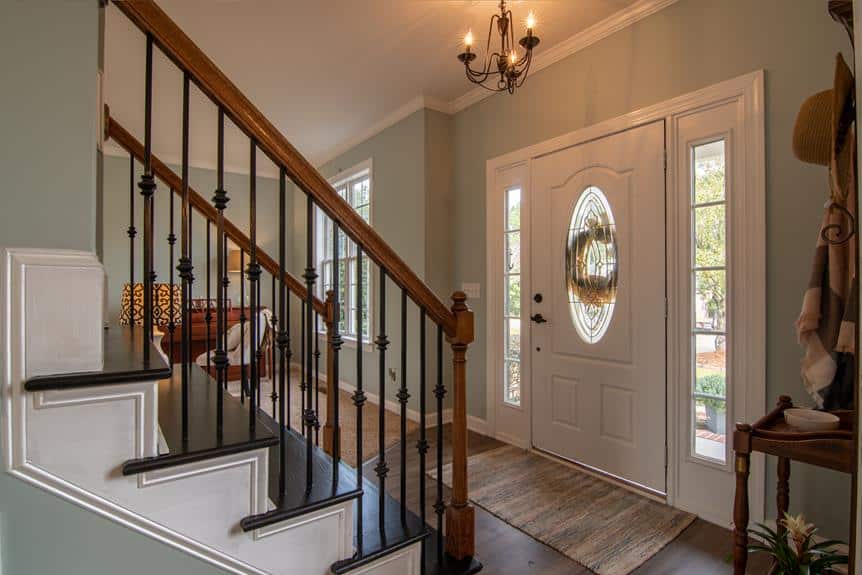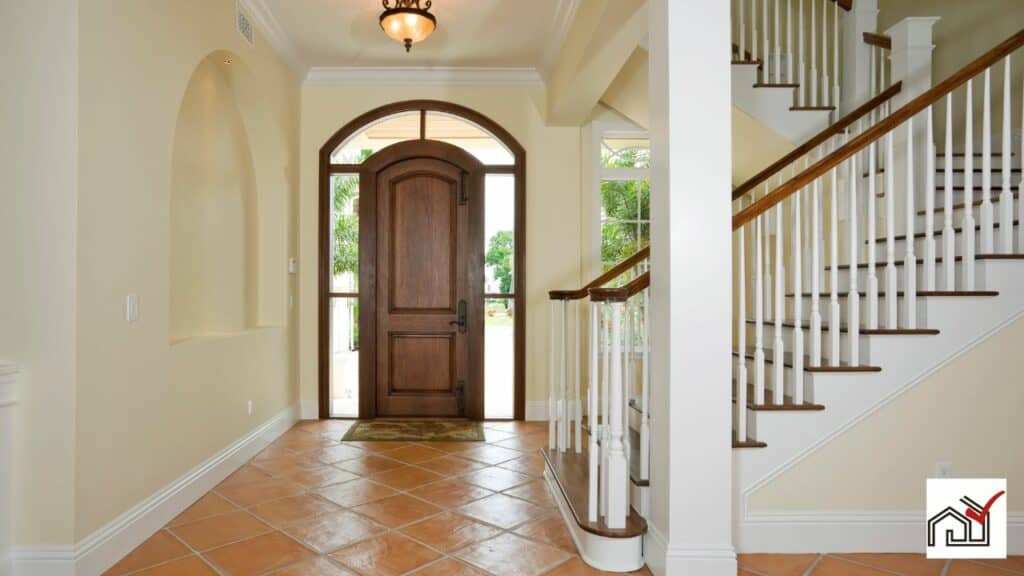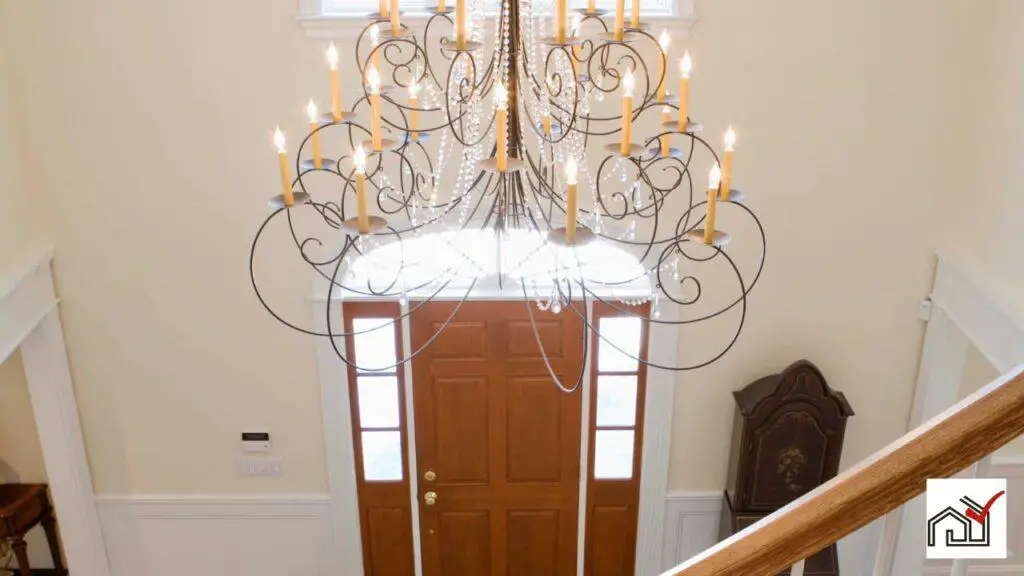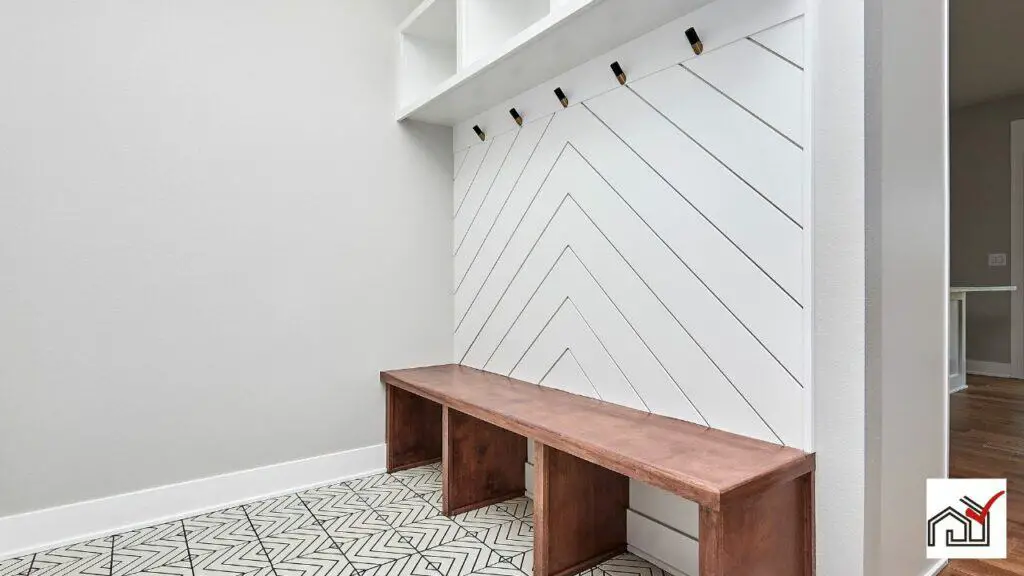A suitable runner rug for a hallway should have 4 to 5 inches of exposed floor on each side, ensuring it is proportional to the hallway.
The length of the runner should not reach into adjacent rooms but should end in line with the doorways it parallels for a cohesive look.
This creates a balanced and functional hallway.
Importance of Runner Size
Choosing the correct size for a hallway runner rug is crucial for both function and design. It should match the hallway's length without dominating the space. Measure the hallway's width and length, leaving about 3 inches of space from the walls to avoid a wall-to-wall carpet look and to frame the rug neatly.
The ideal runner size allows for proper furniture placement and prevents the runner from being too small or too large, which can interfere with doorways or adjacent rooms. Ideally, a runner should reach the door frame edge without going over, to maintain a cohesive appearance. For longer hallways, custom-sized runners are available to ensure a perfect fit and visual effect.
To prevent slips and add stability, secure the runner with rug tape or a pad.
Measuring Your Hallway
To select the right runner rug size for your hallway, measure the width and length of the space. A suitable runner should be about 4 inches narrower than the width of the hallway to allow for edges.
It should also be shorter than the hallway's length, ending several inches from doorways to avoid overlap into other rooms. For extra-long hallways, consider using two evenly spaced shorter runners for continuity. Take into account any turns or alcoves in the hallway that might affect runner size. Consult a professional for complex shapes.
Also, consider furniture and decor when choosing runner size, and plan for securing methods like rug tape to ensure the runner stays flat.
Ideal Runner Dimensions
To find the ideal runner dimensions for a standard 3-foot-wide hallway, aim for a width of approximately 23 inches. This allows for easy movement and prevents tripping over the edges.
The runner should not obstruct doorways, so choose a length that ends just before the door frames, usually between 6 to 14 feet.
Place the runner so it begins after the hallway entrance, so one steps onto it upon entering.
For wider or irregularly shaped hallways, consider custom-sized runners to ensure proper fit.
The goal is to combine practicality with aesthetic appeal, ensuring the runner enhances both the comfort and look of the hallway.
Common Sizing Mistakes
Homeowners often select runner rugs that are too narrow or too wide for their hallways, which can disrupt the area's balance and practical use. A typical error is not measuring the hallway before purchasing a rug, resulting in a size mismatch.
When choosing runner rugs, it's important to leave equal amounts of floor visible on all sides, which usually means picking a runner narrower than the hallway. This approach ensures a balanced look and prevents the rug from overpowering the space.
It's also important to consider the runner's length. A runner that is too long or too short can make the hallway feel cramped or look incomplete. The runner should ideally reach the edge of the door frame for a uniform appearance.
For hallways with complex shapes like L or T layouts, it may be advisable to consult a professional or opt for two complementary runners rather than trying to fit a single long one into an irregular space. It's essential to consider the overall balance and proportion to avoid these sizing errors.
Runner Selection Tips
Choose a runner rug for your hallway by considering both design and practicality. Follow area rug guidelines, while accounting for hallway dimensions. A wide runner, about 55 inches, may be too large for a narrow space, and a very narrow one can appear out of proportion and may not provide enough comfort or floor protection.
The runner should be long enough to create a visual pathway but should not extend into adjacent rooms. For extra-long hallways, using two runners spaced apart can break up the space and add design interest. The rug should be parallel to the walls with a consistent 4 to 5-inch gap to frame the runner and display the floor beneath.
Use a rug pad slightly smaller than the runner to prevent slipping, especially in high-traffic areas for added safety and cushioning.
If your hallway is an unusual shape or size, consider custom-cut rugs or carpet tiles to fit the space properly. The runner should complement the area without making it feel overcrowded. Following these tips will help you make your hallway both attractive and functional.




